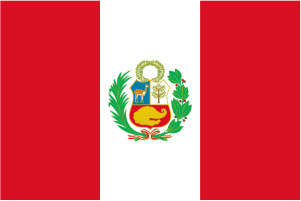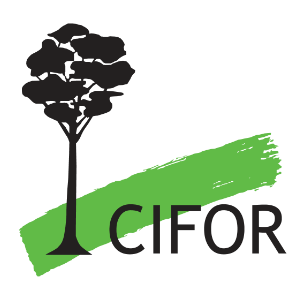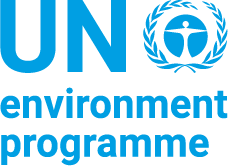
In Southeast Asia, a huge amount of peat has accumulated under swamp forests over millennia. Fires have been widely used for land clearing after timber extraction, thus land conversion and land management with logging and drainage are strongly associated with fire activity. During recent El Niño years, tropical peatlands have been severely fire-affected and peatland fires enlarged. To investigate the impact of peat fires on the regional and global carbon balances, it is crucial to assess not only direct carbon emissions through peat combustion but also oxidative peat decomposition after fires. However, there is little information on the carbon dynamics of tropical peat damaged by fires. Therefore, we continuously measured soil CO2 efflux [peat respiration (RP)] through oxidative peat decomposition using six automated chambers on a burnt peat area, from which about 0.7 m of the upper peat had been lost during two fires, in Central Kalimantan, Indonesia. The RP showed a clear seasonal variation with higher values in the dry season. The RP increased logarithmically as groundwater level (GWL) lowered. Temperature sensitivity or Q10 of RP decreased as GWL lowered, mainly because the vertical distribution of RP would shift downward with the expansion of an unsaturated soil zone. Although soil temperature at the burnt open area was higher than that in a near peat swamp forest, model simulation suggests that the effect of temperature rise on RP is small. Annual gap-filled RP was 382 ± 82 (the mean ± 1 SD of six chambers) and 362 ± 74 gC m−2 yr−1 during 2004–2005 and during 2005–2006 years, respectively. Simulated RP showed a significant negative relationship with GWL on an annual basis, which suggests that every GWL lowering by 0.1 m causes additional RP of 89 gC m−2 yr−1. The RP accounted for 21–24% of ecosystem respiration on an annual basis.
- Authors: Hirano, T., Kusin, K., Limin, S., Osaki, M.
- Author Affiliation: Hokkaido University, University of Palangkaraya
- Subjects: carbon dioxide, gas emissions, peat, peatlands, tropics, decomposition, forest fires
- Publication type: Journal Article
- Source: Global Change Biology 20(2): 555-565
- Year: 2014
- DOI: https://doi.org/10.1111/gcb.12296
















